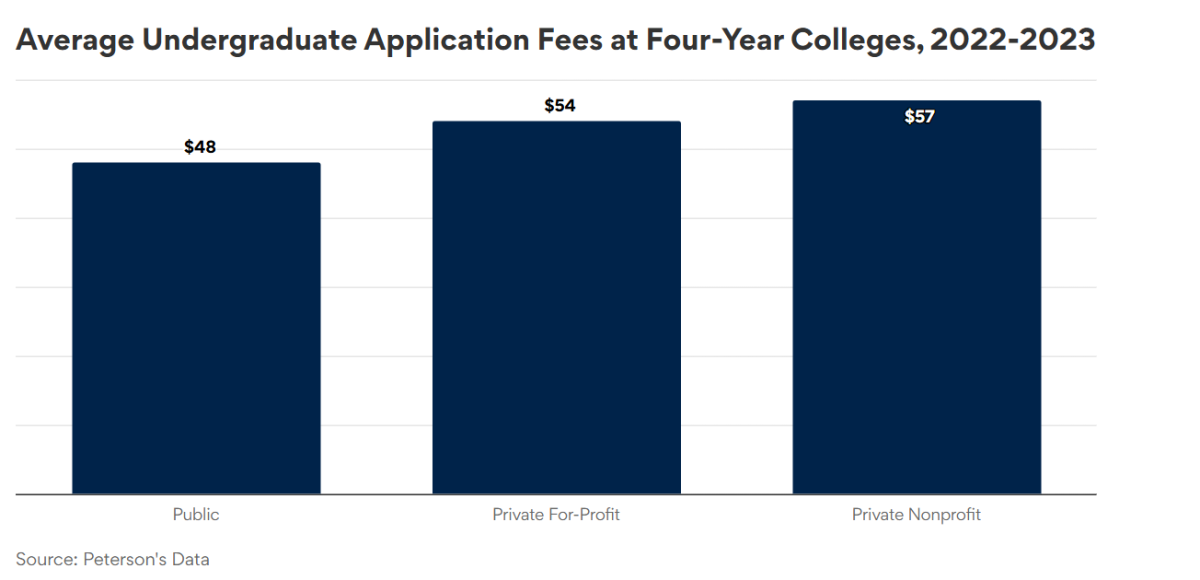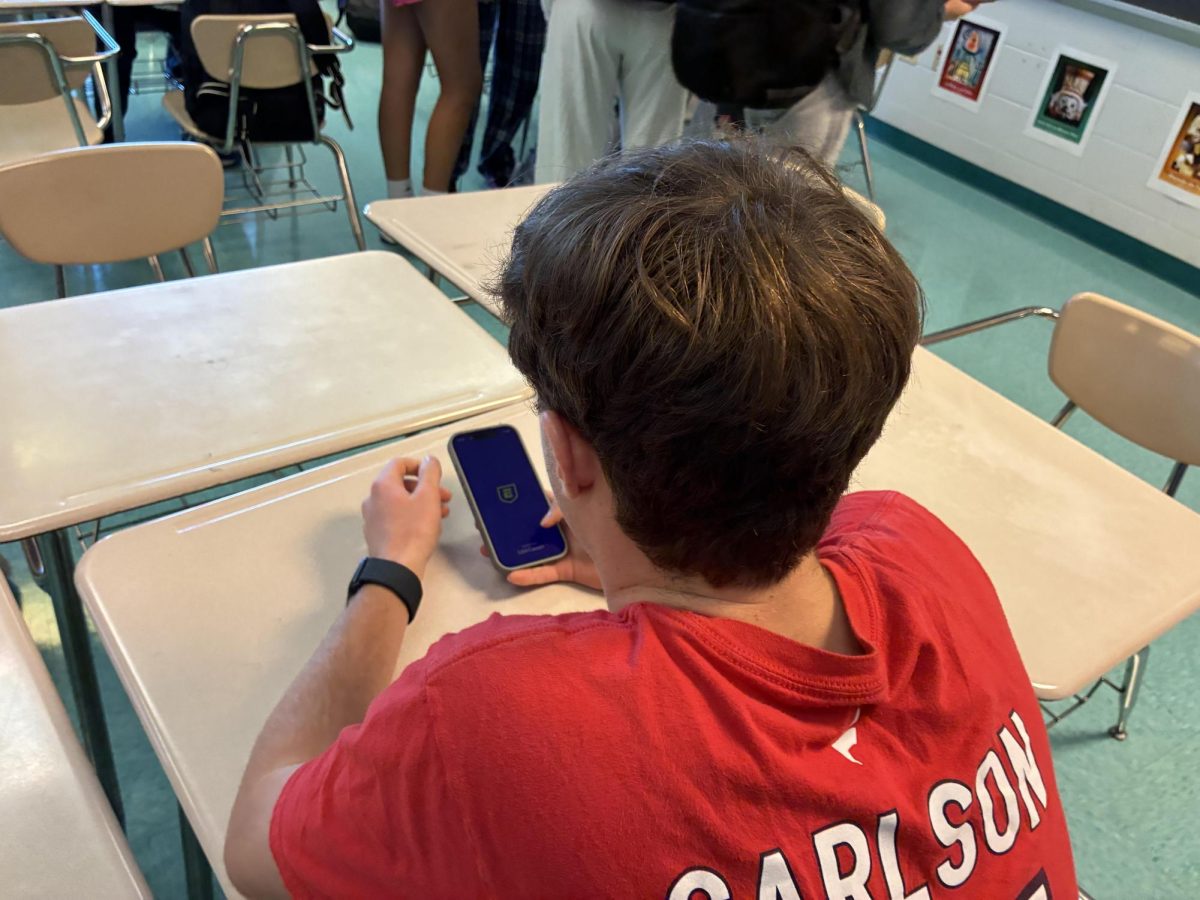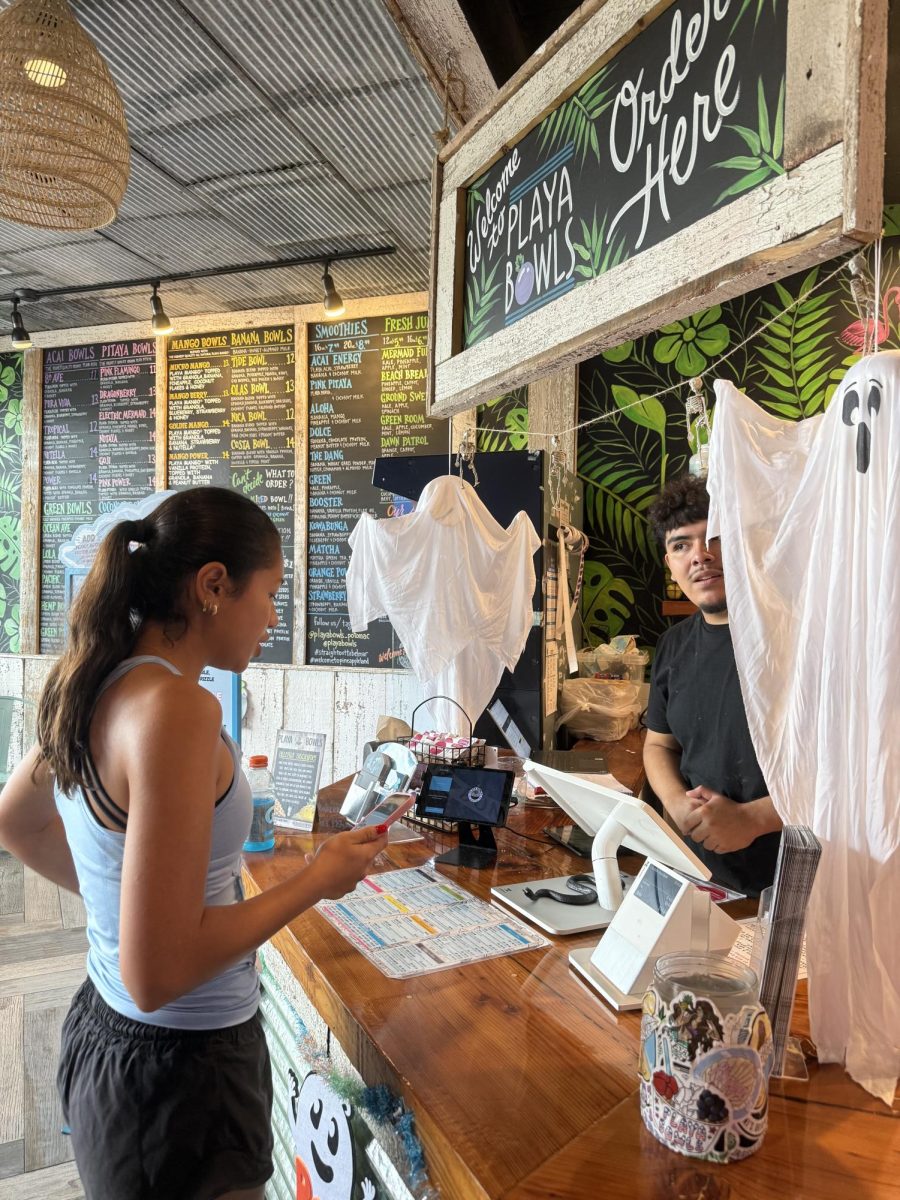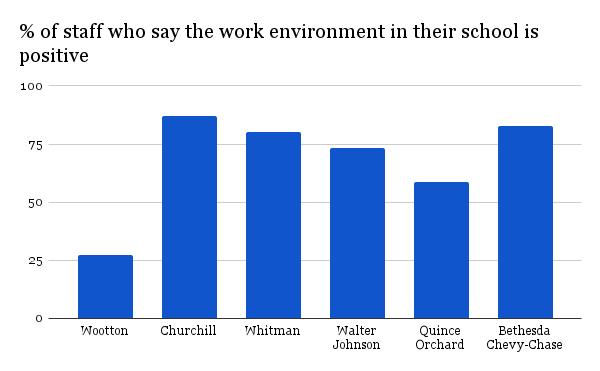Academic rigor and prestige, location, population size, tuition and financial aid, and student life are all important in the college application process. However, people may overlook the impact the different aspects of the application itself and various requirements can have on prospective students’ decisions on where they apply.
Students report that one of the biggest factors in applications that can influence where they apply is the number of supplemental essays required. College applications can vary in the number of supplementals, word count and whether or not they are optional. “If it weren’t one of my top schools, I wouldn’t want to waste a bunch of time working on extra essays,” senior Lilly Kendall said.
Since the pandemic and the test-optional statuses colleges introduced during that period, some have returned to requiring ACT or SAT scores for applicants, while others have maintained their test-optional policy, which has proved to be an important factor for seniors. Generally, more selective colleges have been quicker to return to being test-required.
Students that are proud of their test scores and planned to submit their scores regardless may not mind this policy, but students with weaker scores may be deterred from applying to schools that require them to provide a score. “Test optional schools are more appealing as they allow me to highlight other activities instead of my test scores,” senior Peyton Higgins said.
Students may prefer rolling admissions to non-rolling admissions because it allows them to receive their decisions earlier, and perhaps bring them peace of mind. The University of Pittsburgh and Penn State are two of the most common rolling admission schools for students here. “I am more likely to apply to schools that offer rolling admissions. Rolling admissions is a less stressful process because it allows me to hear back sooner and start planning earlier,” Higgins said.
Students are often dissuaded from applying to certain colleges based on their ability to apply through the Common App. MIT and Georgetown require students to apply using their school-specific application systems. “Common app is a very easy source to manage all of your essays, recommendations, transcripts and so much more. It makes everything so much more organized,” senior Ryan Shin said.
Colleges may also differ in the number of teachers, counselors or outside recommendations they require. Students may be unable to get an extra recommendation or feel that they lack the personal connection to an available teacher, and therefore would not be able to apply to certain schools.
Non-rolling colleges tend to follow a similar timeframe for application deadlines and decision release dates; however, they may vary slightly. For example, the University of Georgia requires early applications to be submitted before Oct. 15, earlier than the University of Indiana-Bloomington, which gives applicants until Nov. 1.
Tuition and financial assistance play a large role in where students choose to attend, but the fees that are required to apply can also add up, as students sometimes apply to 10 or more universities. A college that allows students to apply for free may be more appealing.







![Editors-in-Chief Ahmed Ibrahim, Helen Manolis, Cameron Cowen, Alex Grainger, Emory Scofield, Hayley Gottesman, Rebekah Buchman and Marley Hoffman create the first print magazine of the year during the October press days. “Only a quarter of the schools in MCPS have programs that are like ours, a thriving, robust program. That makes me really sad. This is not just good for [the student journalists] to be doing this, it’s good for the entire community. What [student journalists] provide to the community is a faith in journalism and that continues for their lifetimes," Starr said.](https://woottoncommonsense.com/wp-content/uploads/2025/10/wmpoFTZkCPiVA3YXA4tnGoSsZ4KmnKYBIfr18p3l-900x1200.jpg)

